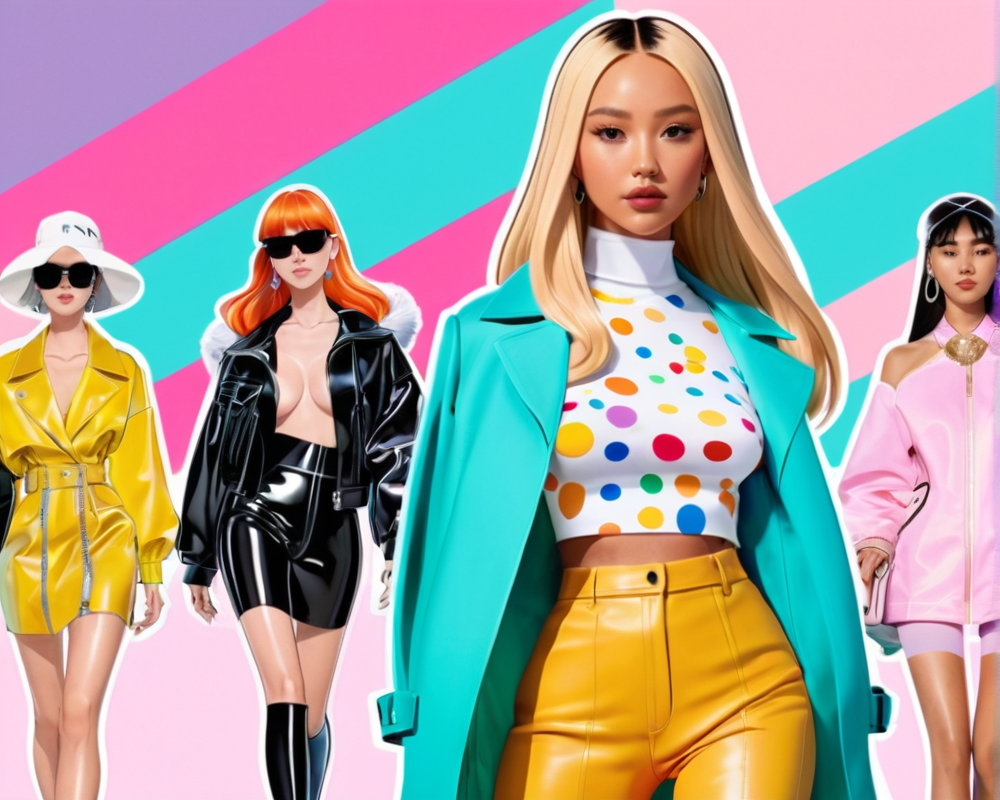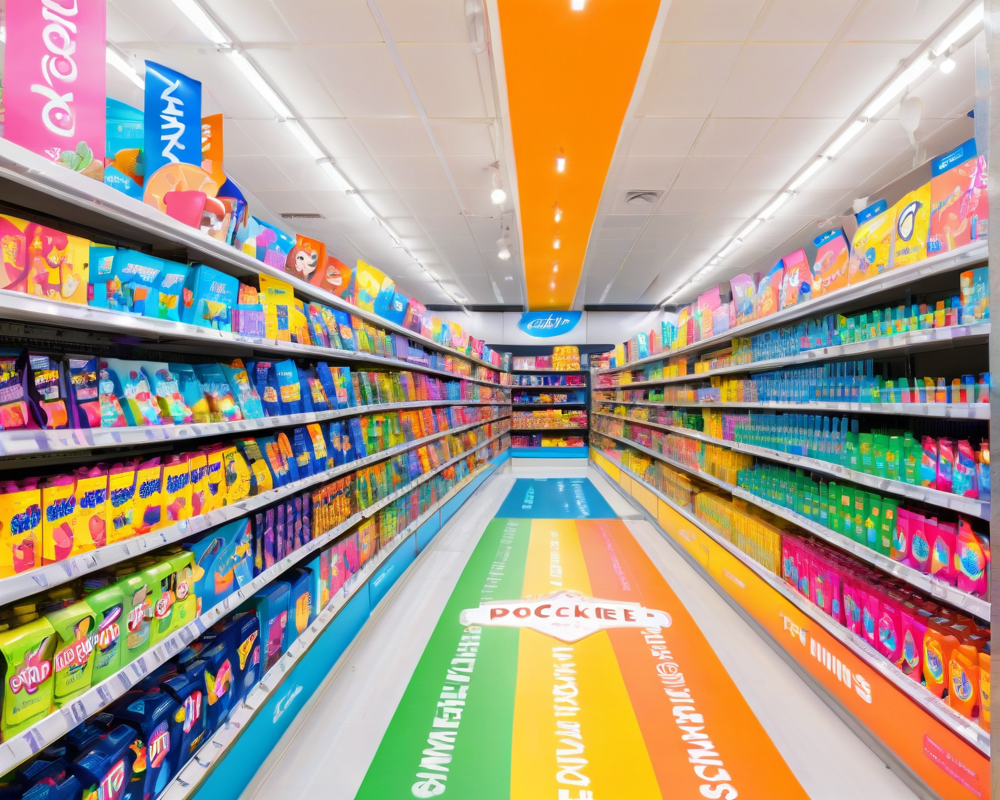The Intersection of Fashion and NFTs
The world of fashion is undergoing a digital transformation as brands explore the potential of nonfungible tokens (NFTs) and the metaverse to create new avenues for engagement and revenue. Recent initiatives demonstrate how NFTs are not only being used for collectibles but also to offer unique consumer experiences tied to fashion brand identities.
Brands Embrace Digital Fashion Ventures
High-profile brands like Hermès and Gucci are adapting to the new landscape by incorporating NFTs into their marketing strategies. For instance, Hermès is currently involved in a legal dispute with artist Mason Rothschild over the MetaBirkins NFT collection, which underscores the growing importance of digital art in the luxury fashion sector.
Over at Tiffany & Co., the jewelry brand unveiled TiffCoin, limited to just 499 tokens, allowing holders access to exclusive events. This model highlights how brands can monetize their community by providing meaningful experiences beyond mere transactions.
Decentraland and GameFi: New Platforms for Engagement
Meanwhile, decentralized metaverses like Decentraland are hosting significant events, merging the worlds of fashion and digital interaction. With platforms like W3 focusing on how fashion labels can showcase their products in the metaverse, we are seeing a transition toward more immersive shopping experiences.
For instance, brands like Dolce & Gabbana are launching unique NFT collections that not only serve as collectibles but are also gateways to events within virtual worlds, expanding user engagement.
NFTs Create Business Models Around Physical Goods
As more brands begin to innovate in the digital space, they’re also recognizing the potential of integrating their traditional products with NFTs. The recent action by IHOP, which revealed its “NFT” was a promotional campaign for its new French Toast, highlights how brands can creatively incorporate the concept of NFTs in their marketing strategies.
The Role of Community in Digital Fashion Growth
Community engagement remains critical as fashion brands pivot to digital spaces. The introduction of initiatives like NFTitties, which invites artists to contribute works for a charitable cause, illustrates how these platforms can encourage wider participation and inclusivity in the fashion conversation.
Security and User Experience Challenges
However, there are prevailing challenges that digital fashion must overcome to gain mainstream acceptance. Many users find the onboarding process difficult due to the technicalities involved in setting up wallets or understanding the nuances of NFTs. Companies looking to participate in digital fashion must therefore prioritize user experience to ensure they do not alienate potential customers unfamiliar with blockchain technology.
Conclusion: The Future of Digital Fashion
The digital fashion landscape is evolving rapidly, and as it does, the potential for creating immersive, engaging experiences for consumers becomes a reality. While adoption may take time and require further education for participants, the synergistic relationship between fashion and NFTs is likely to become more entrenched as new technologies develop.
In conclusion, as brands navigate this brave new world, the emphasis will be on not only adopting blockchain technology but also fostering community, enhancing user experiences, and balancing innovation with security.




